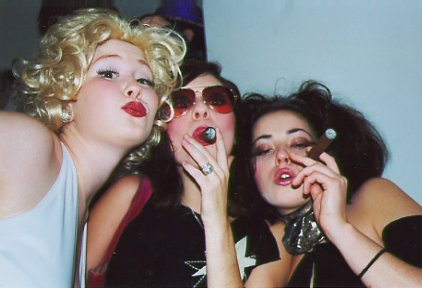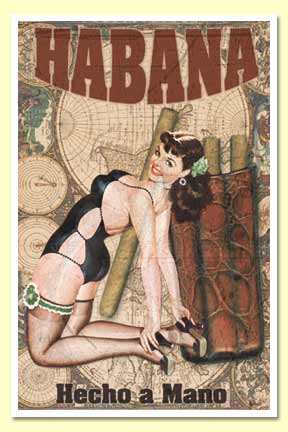 The Cigar Cutter
The Cigar CutterCigar cutters are used to remove or penetrate the cap of a cigar before smoking it. There are three basic types of cuts, the straight cut, the wedge (or V) cut, and the hole punch. The type of cut to make is based on personal preference and the size and/or shape of the cigar. Experienced cigar smokers may not always make the same type of cut or use the same kind of cutter. The straight cut is the most common, and is always preferred on cigars with a small ring gauge (thin cigars).
1) Straight Cutter
The most basic type of cutter used to make straight cuts is the single blade guillotine. The double blade guillotine is preferred by many aficionados because it usually makes a cleaner cut. Cigar scissors are also used to make straight cuts, and may be the best choice for cutting the cigar at the exact spot you intend. However, the guillotines are usually the most practical, the least expensive, and can be easily and safely carried in the pocket of your shirt or trousers.
2) Wedge Cutter
The wedge or "V" cutter resembles the guillotine cutter, but the shape of the blade slices a wedge into the cap of the cigar instead of cutting it completely off. The cutter is designed to slice from one side, and at the same depth, so there is no danger of cutting too deep.
3) Hole Punch
The hole punch is used to put a hole in the cap of the cigar, instead of cutting it off. If the hole is not large enough for the cigar, the draw of smoke through the cigar can be impeded. Also, as the cigar is smoked, tar can accumulate near the hole, also affecting the taste as well as the draw. Here's a hot tip: In a pinch when no cutter is available, or to sample a hole punched cigar without buying a hole punch device, a hole cut can be made in a cigar using a pen or pencil.
- Little Bro
www.schwartzbroscigars.com

